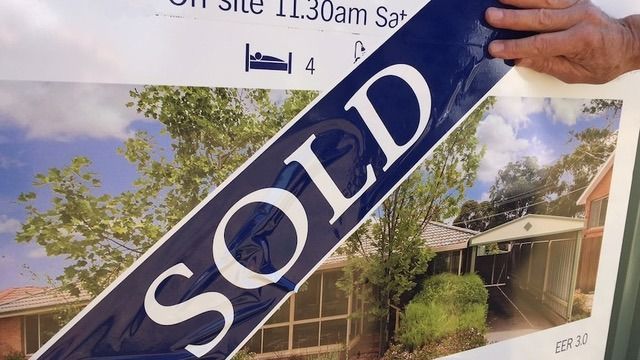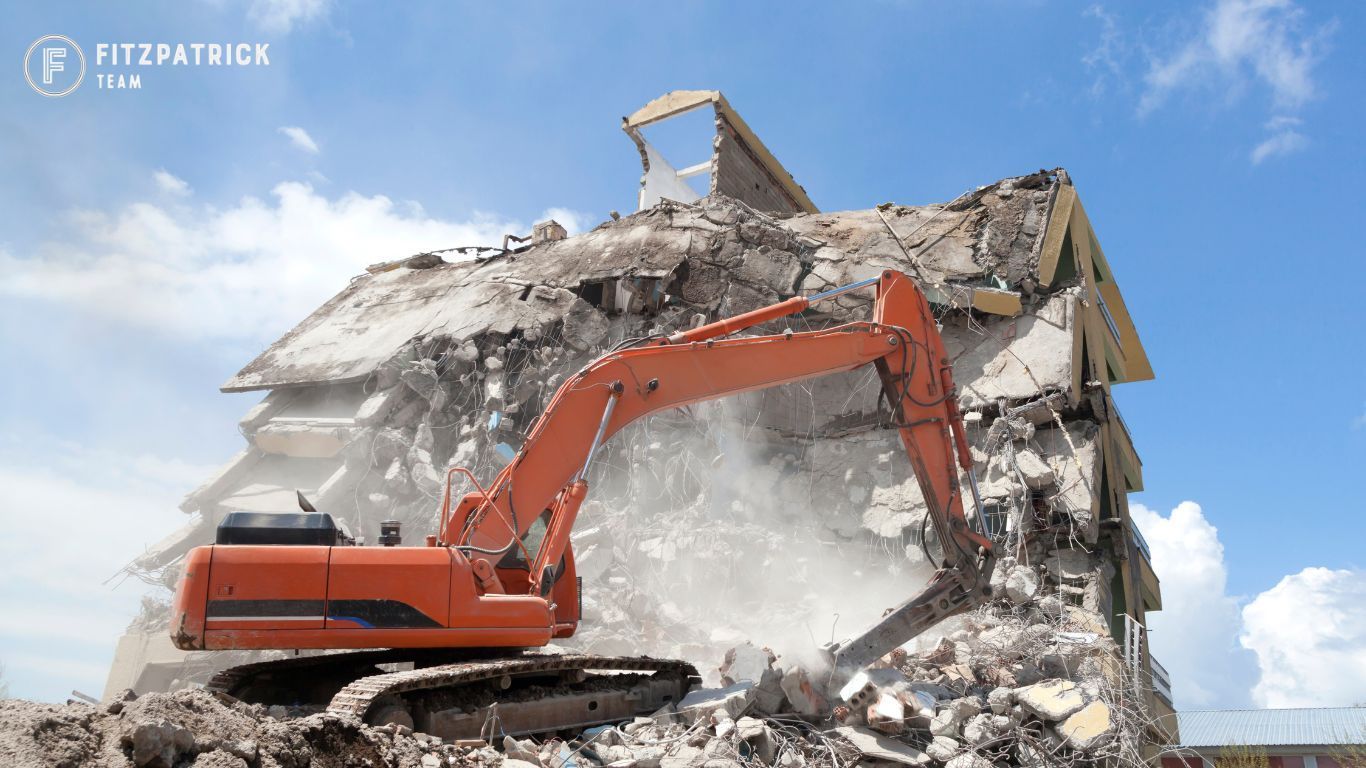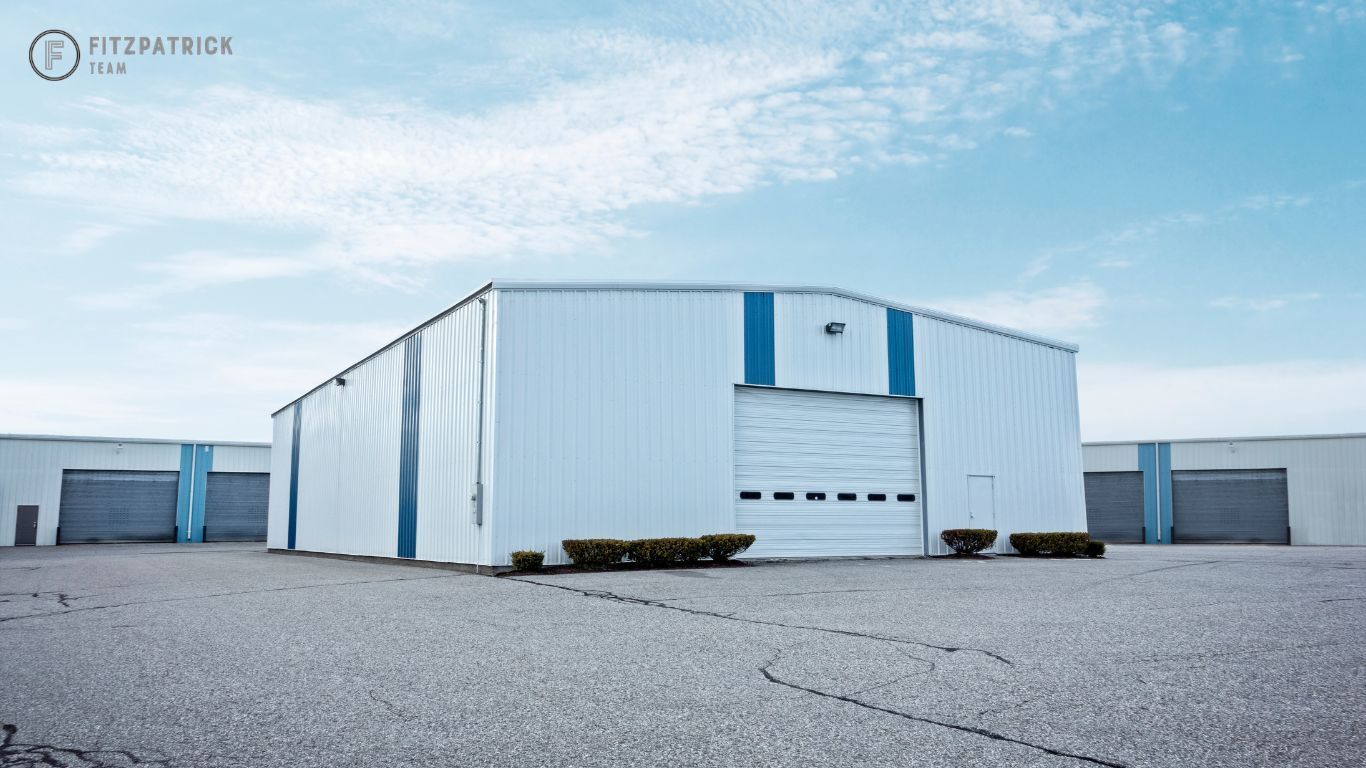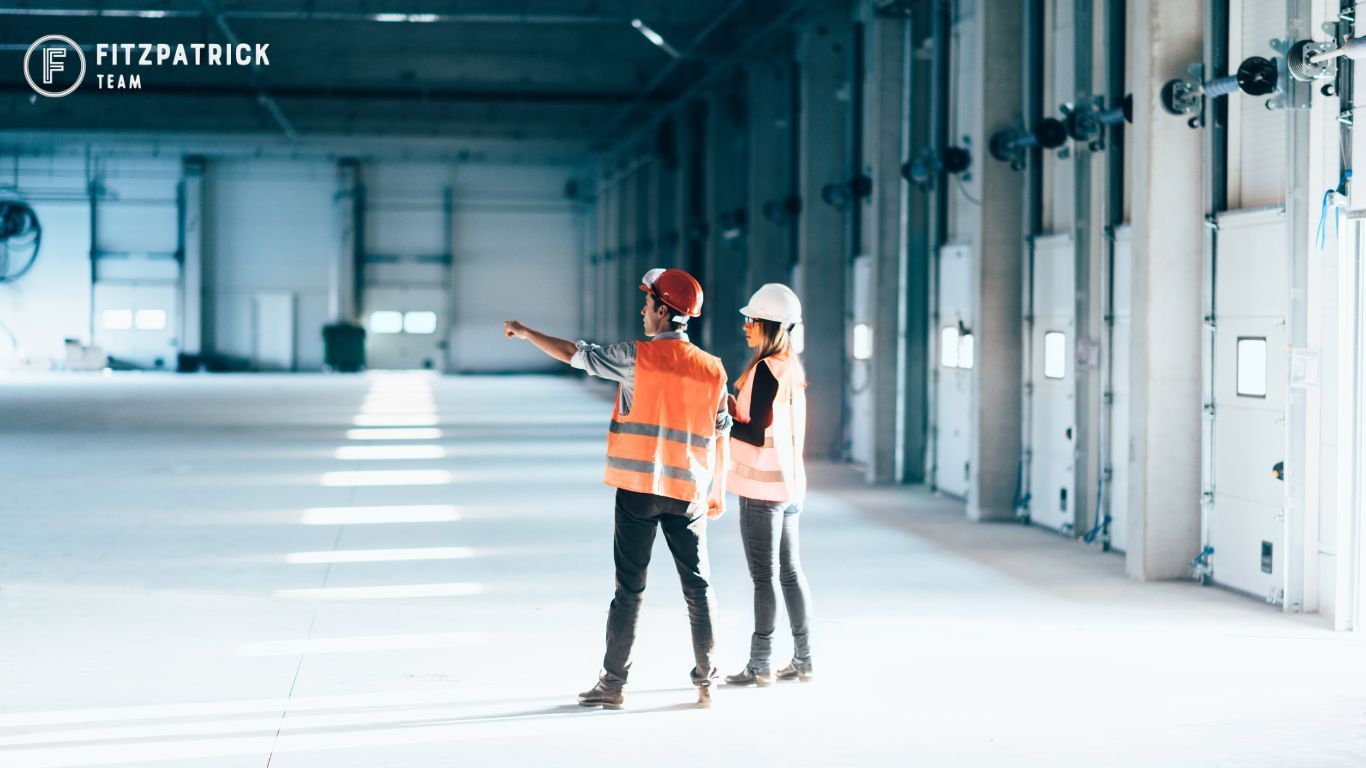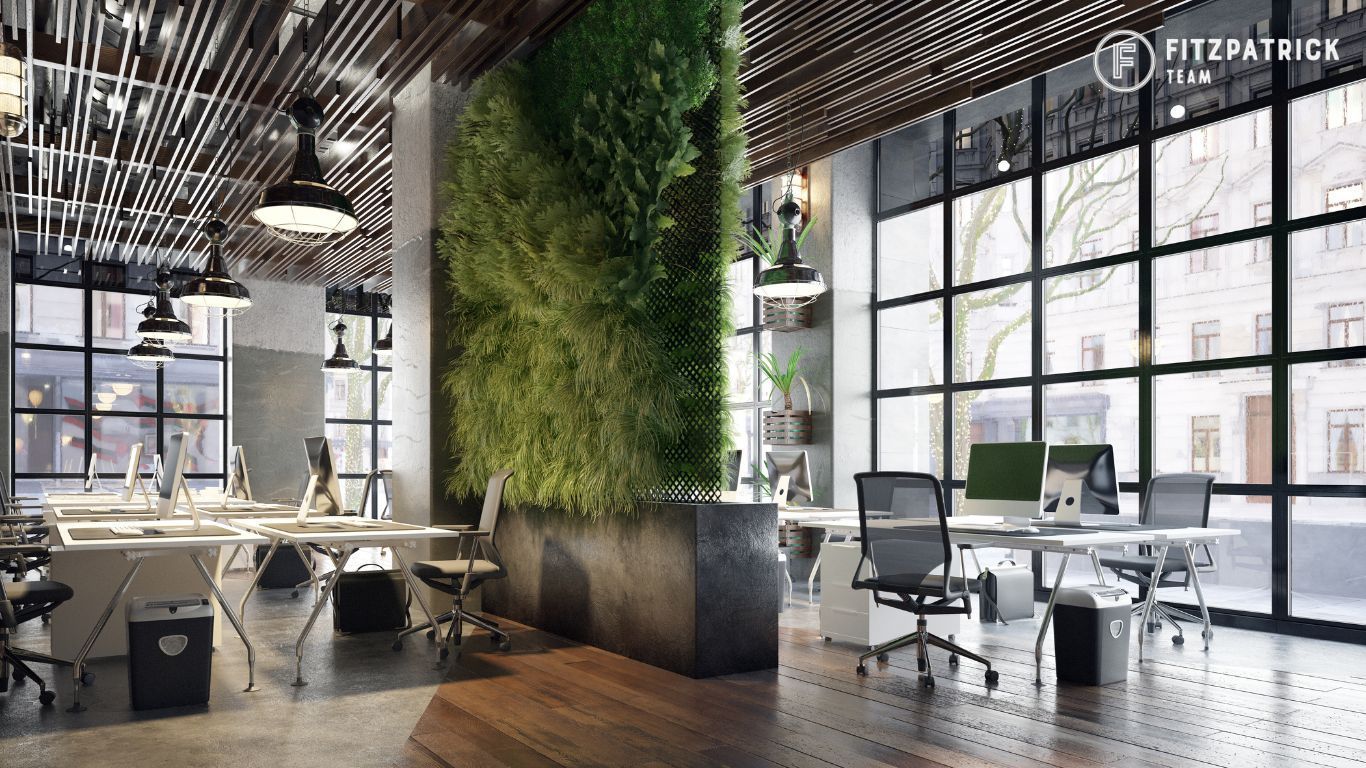Photovoltaic (PV) Sustainability
Fitzpatrick Team • July 11, 2024
A Quick Guide to Photovoltaic (PV) Sustainability in Commercial Buildings
Why do we need to bother?
- All Australian states require you include sustainability considerations as part of the planning process. What is your overall balance between emitting and absorbing carbon?
- Since 2023, NSW has required that all new commercial buildings prepare a report on their proposed embodied emissions measures – the other states will follow.
- Victoria plans to reduce Green House Gas (GHG) emission by 2030 to 43% of 2005 levels.
- The World Green Building Council targets a reduction of 40% less embodied carbon by 2030 and to reach nett zero by 2050.
- Businesses like to embrace sustainability and demonstrate to their clients that they ‘walk the talk’ when it comes to how they operate. Every issue, like every argument, has more than one side and PV is no different.
What are the benefits of PV?
- Environmental – you generate your own power on site from a renewable source and reduce the use of fossil fuels.
- You have an initial expense to install the set up but after 4/5 years you are repaid by savings and continue to benefit for say, a further 20 years.
- Maintenance costs are low.
- It increases your ‘Green’ credentials.
What are the challenges of PV?
- Nearly all panels are manufactured in China using fossil fuels and transported across the world to your site.
- The level of embodied carbon in a PV installation is huge. Large commercial systems have been assessed to contribute an extra 50% to the embodied carbon level of a building. When calculating embodied carbon for your system an amount must be added to be a fair reflection of the real-world situation.
- The recycling levels of panels at end-of-life disposal (e-waste) are reported at 96%, but GHG emission are created by the disposal process.
Is PV Sustainable?
- Yes. It generates power from a renewable source, the Sun.
- Not necessarily. Embodied carbon levels are a large issue which needs to be addressed when reviewing sustainability. There are substantial environmental impacts caused by the manufacture, delivery and disposal of PV panels.
What can we do about embodied carbon levels?
- Accurately assess the total impact of the embodied carbon by your proposed PV system by using environmental evaluation tools. Prepare a report on your PV system or on your whole construction project.
- Take action to reduce embodied carbon in your PV system and whole project.
What is the future of PV?
- All states and local planning authorities are promoting lower carbon use through the design of all new buildings. Embodied carbon levels will be a major consideration when granting planning permits.
- As technology improves, we will see an increased expansion of PV. Innovations are coming down the track for PV windows and entire building claddings.
- Environmental concerns will remain and we should look at the ‘big picture’ over embodied carbon and understand that every piece of physical equipment has an environmental cost.
- Customers will continue to support and engage with pro-active, carbon responsible businesses.
Fitzpatrick Team have installed PV systems in commercial buildings for over 20 years
Give Mark a call to discuss your project.
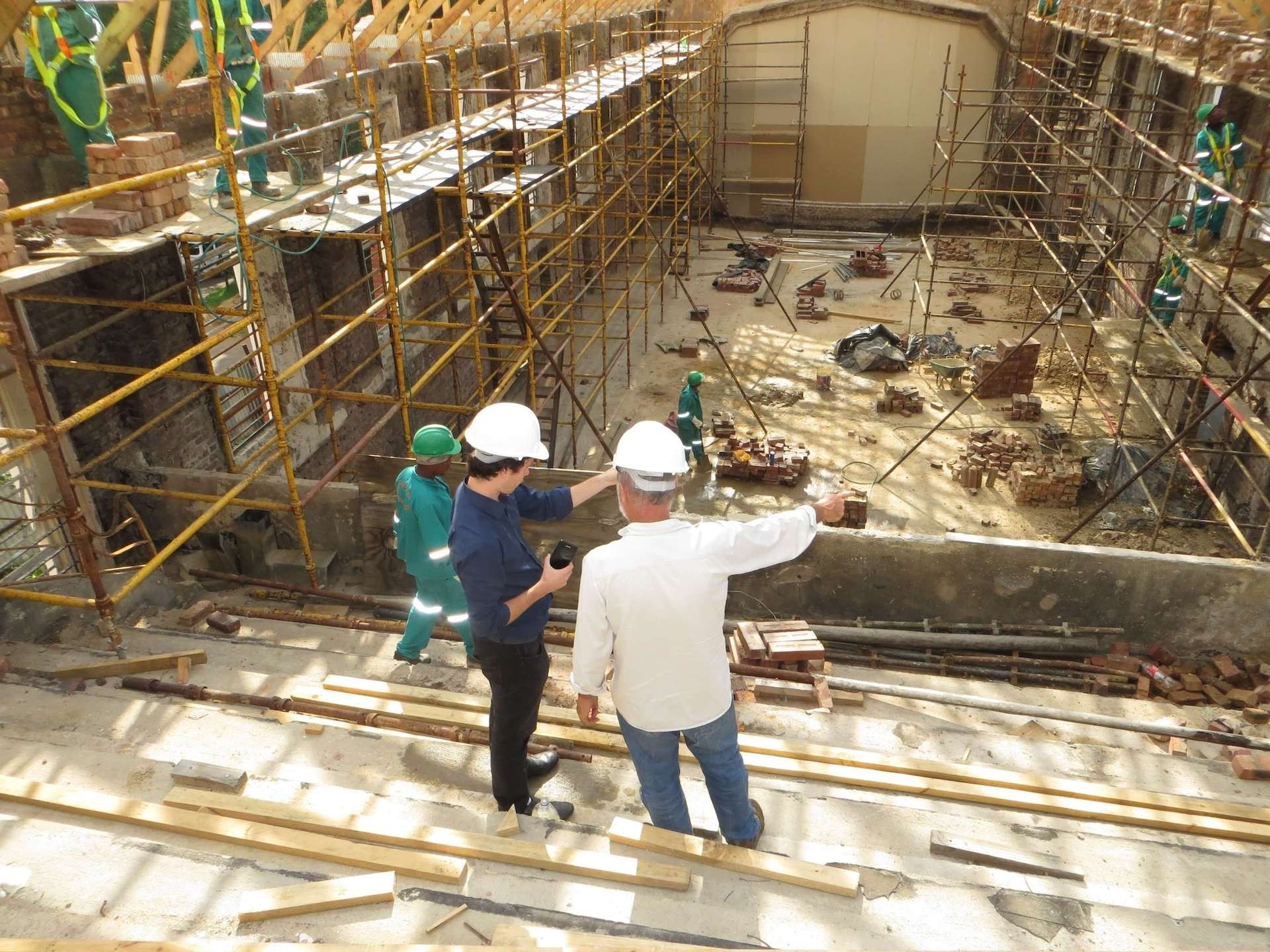
Records were shattered last month with February recording the highest ever auction clearance rate for the month of February in Victoria. Real Estate Institute of Victoria data shows that February 2021 recorded an 84.8 per cent clearance rate from more than 3000 auctions. It’s the highest rate in 11 years, beating out an old 2010 record with an 84.0 per cent clearance rate.

